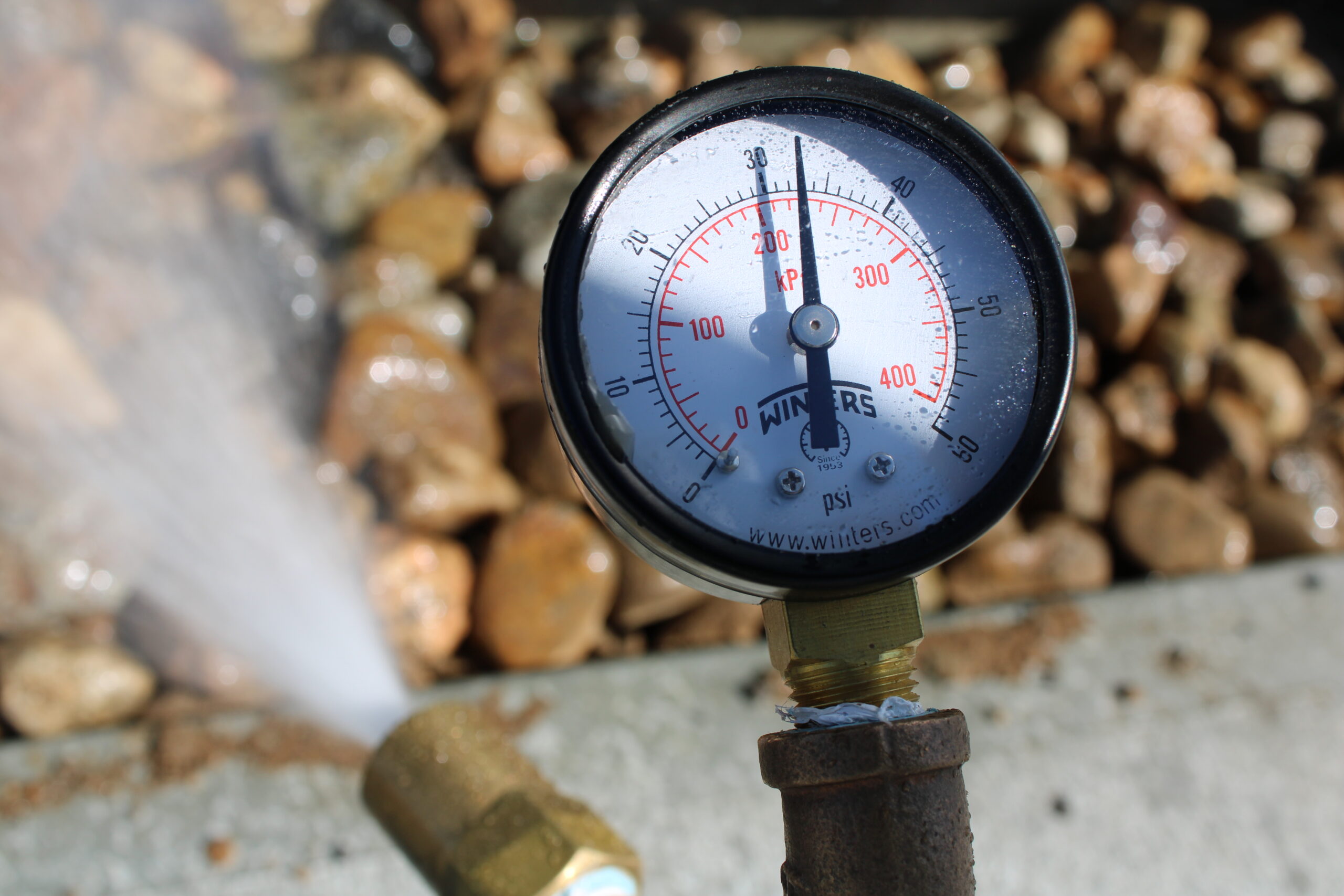There’s no one size fits all solution for selecting and sampling envelope testing specimens. Each project is a different size with differing types of windows and owners with unique needs and goals. All these variables play a factor when approaching envelope testing on a project. Specifications might outline exactly how the testing should be performed, or it could be omitted entirely. By considering a few key parameters, you can determine the correct level of envelope testing for any project.
Selecting Specimens
Walking the site is the first step in determining the best specimens for envelope testing. Elevation drawings show how the building or wall will look once the job is completed, but only by walking the site can a true assessment be made. A testing agency can be easily hindered by jobsite obstacles. A window might look like a perfect selection on paper but in reality, the hydro-mobile on the outside and tile work on the inside might prevent effective testing. While both obstructions are temporary, they are important considerations for a testing agency that may only be on site for one day.
Another advantage of walking the site is the ability to visualize the life of the window. Does a window have protection from weather, such as side or top cover? If so, consider selecting another area for testing. It’s helpful to imagine a heavy storm bearing down on the building. Which window will bear the brunt of the impact? That window is the one that should be tested.
Instead of selecting just one window, have an entire wall of windows ready for testing. An entire wall ensures consistent, professional practices. Selecting a singular window means that the installer can focus their best efforts on the test subject, which could take effort and attention away from other windows since they won’t be subjected to rigorous testing.
Sampling
Envelope testing sampling refers to a generic prescription provided by specifications that dictates the number of storefronts and/or curtain walls to be tested. A typical spec might state “test three specimens” or “test two specimens.” If testing is performed to meet these requirements and all specimens pass, then typically the project team is satisfied. When specimens fail, however, then the conversation evolves into what to do next. A key factor in determining sample size is the owner’s tolerance for risk. An owner who has experienced window leaks in an occupied building or who starts having random windows fail tests on a new project will typically see the cost of the testing as necessary to ensure their building operates correctly. At the very least, the failed tests need to pass a re-test. For a more cautious approach, the sample size can be increased to provide the owner with confidence that the windows will withstand all weather conditions.
Cost
The cost of envelope testing is a common question from project teams and building owners. The cost of specific tests can vary based on location, type of project, extent of testing, and other factors. This article isn’t going to get into specific numbers for testing but will provide an overview of how tests are typically contracted and paid for. The first consideration is who owns the testing. This is typically defined in the specification where it will indicate that the testing is the responsibility of the owner or the contractor. The specification may also outline how much testing is to be performed. In this case, the cost will usually be per mobilization. Keep in mind that different types of testing have different costs. For example, you should expect to pay less for a day of AMAA 501.2 testing than you would for ASTM E 1105, which requires more time and materials. Another option for contracting envelope testing is establishing a budget. For example, if a project has a $30,000 budget, or “allowance,” that can be divided several different ways to meet the project needs. The project team can then work with an envelope testing company to break out how many of each test they can perform given their budget. An envelope testing meeting is a great way for the testing company and the project team to get on the same page about the services for the project. This meeting would take place once the testing company has provided a proposal with the cost of each type of test. With that knowledge, the team can figure out what fits into their budget and what makes sense for the project.
It’s good to keep in mind that envelope testing is meant to provide representative data for the project as a whole. The sample size should make sense based on the project size. It’s expected that a 200,000 square foot school would have more testing than a small municipal building. By requesting an entire wall be ready for testing, the project team can select a window at random rather than one that’s received extra scrutiny from the installing contractor. Contractors should also understand that if the envelope tests fail (for example, if their windows leak), then there will likely be more testing added to the project until the owner is satisfied with the results. There’s no universal gameplan for envelope testing that’s going to work on every project, but by having an understanding of sampling, selection, and cost, a project team can figure out what’s right for their project.
Contact us or click here to learn more about our envelope testing services.

